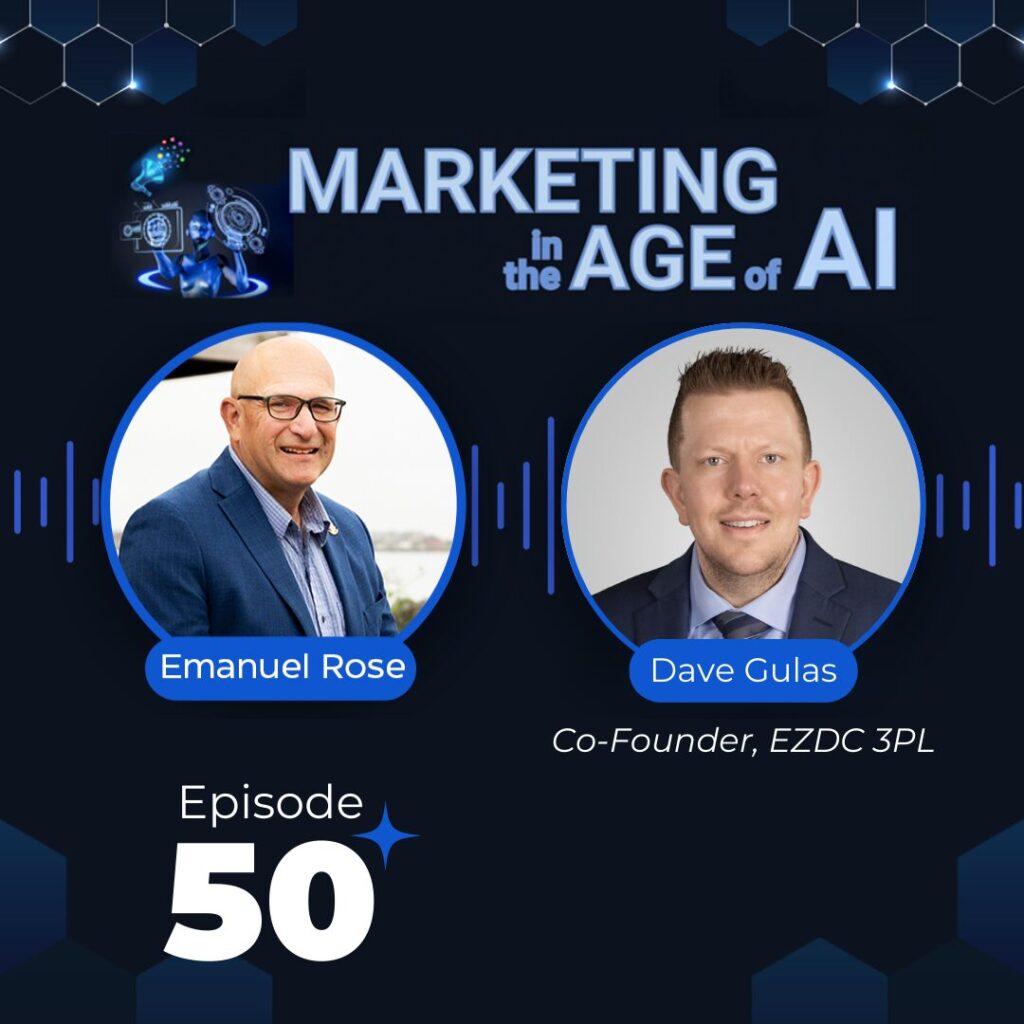Building Lasting Connections: The Role of Podcasting and AI in Modern Marketing
Podcasting has become a powerful tool for authentic audience engagement, and when combined with AI, it offers unprecedented opportunities for content creation and strategy optimization. This blog explores how leveraging AI and podcasting can revolutionize your marketing efforts, from setting up your podcast to automating workflows and expanding your reach. Unchanging Fundamentals of Marketing Despite rapid technological advancements, some core marketing principles remain timeless. Building relationships, establishing trust, and delivering value are foundational elements that continue to underpin successful marketing strategies. Building Relationships: Emphasis on cultivating strong, meaningful relationships with customers, genuine interactions and personalized experiences foster loyalty and trust. Establishing Trust: Transparency and authenticity in communication are essential, demonstrating expertise and reliability builds credibility over time. Delivering Value:Providing valuable content and solutions that address customers’ needs, staying customer-centric and focusing on benefits rather than features. Podcasting: A Modern Tool for Relationship Building Podcasting has emerged as a powerful medium for marketing, offering a unique way to connect with audiences and build relationships. Authentic Connections: Podcasts provide a raw, real way to connect with listeners, offering a more personal touch than other forms of content. Conversations and interviews create opportunities for genuine engagement. Podcasting: A Modern Tool for Relationship Building Access to Influential Minds: Podcasting opens doors to influential guests and industry experts. Engaging with successful individuals can provide invaluable insights and opportunities for collaboration. Network Building: Building a network of guests and listeners can lead to significant business opportunities. Relationships formed through podcasting often extend beyond the episodes, fostering long-term connections. Starting Your Own Podcast Launching a podcast may seem daunting, but with a clear strategy and the right tools, it can be a manageable and rewarding process. Define Your Goals: Determine what you want to achieve with your podcast. Are you looking to attract clients, establish authority, or share expertise? Identify your target audience and understand their needs and preferences. Craft Your Unique Lens: Define your unique perspective in your area of expertise. Ensure your content resonates with your audience and adds value to their lives. Structure and Content Planning: Plan your episodes with a clear structure in mind. Develop a content calendar to maintain consistency and keep your audience engaged. Tactical Steps for Podcast Creation Creating a podcast involves several steps, from preparation to recording to post-production. Guest Outreach: Utilize social media platforms to find and connect with potential guests. Be specific in your guest criteria to ensure relevance and quality. Scheduling and Communication: Implement automated systems for scheduling and communicating with guests. Recording and Editing: Use tools for easy editing and production of audio and video files. Consider outsourcing editing to professionals if it’s not your strength or if it consumes too much time. Promotion and Distribution:Promote your episodes across social media platforms, email newsletters, and networking groups. Utilize tools for hosting and automated transcription, titles, and descriptions. Building and Engaging Your Audience Growing and engaging your podcast audience requires consistent effort and strategic planning. Actively promoting your podcast on social media platforms like LinkedIn, Twitter, and Facebook, as well as joining and participating in relevant groups and communities, can significantly boost visibility. It’s crucial to focus on delivering high-quality content consistently to keep your audience engaged, while also using listener feedback to improve and tailor your episodes. Treating your podcast as a relationship-building tool and genuinely seeking to help and support your guests and listeners will also foster stronger connections and long-term loyalty. For those looking to start or improve their podcasting journey, it’s essential to focus on building genuine connections and delivering consistent value. We extend our heartfelt thanks to Juli Baranik for providing her expert insights and practical advice on leveraging podcasting and AI to enhance modern marketing strategies. Embrace the power of podcasting, and discover the myriad benefits it can bring to you and your audience. Watch the Marketing in the Age of AI Podcast Featuring Juli Baranik: youtu.be/dIfhEoow82c
Building Lasting Connections: The Role of Podcasting and AI in Modern Marketing Read More »










